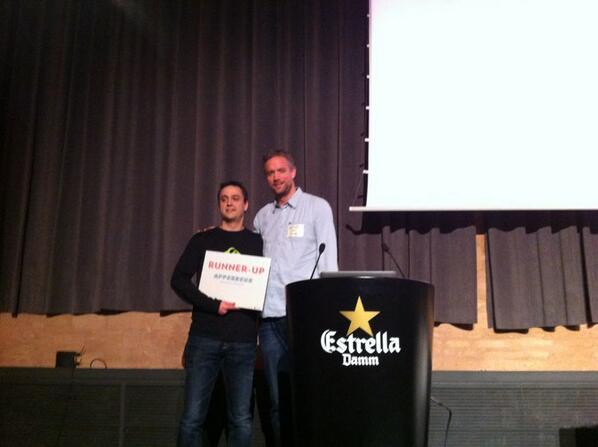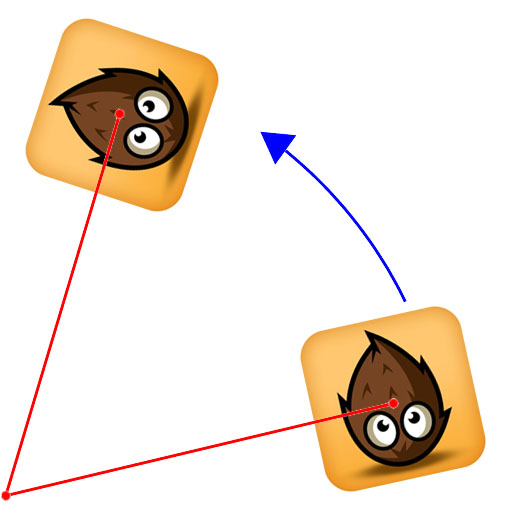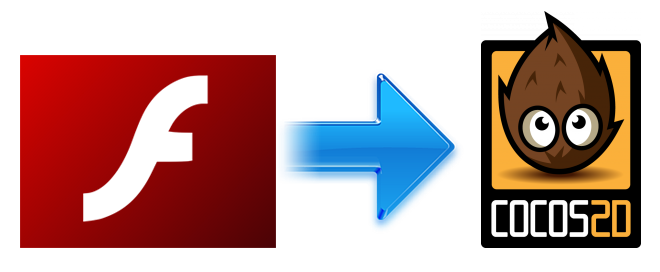Last thursday was an incredible day. Muster my Monsters was one of the 10 finalist on the AppCircusBcn contest. So, I was invited to the event to pitch the game during 3 minutes. Not much time!
“I love monsters and fun things, so Muster my Monsters must receive the award” – Jan Wedekind (King.com)





